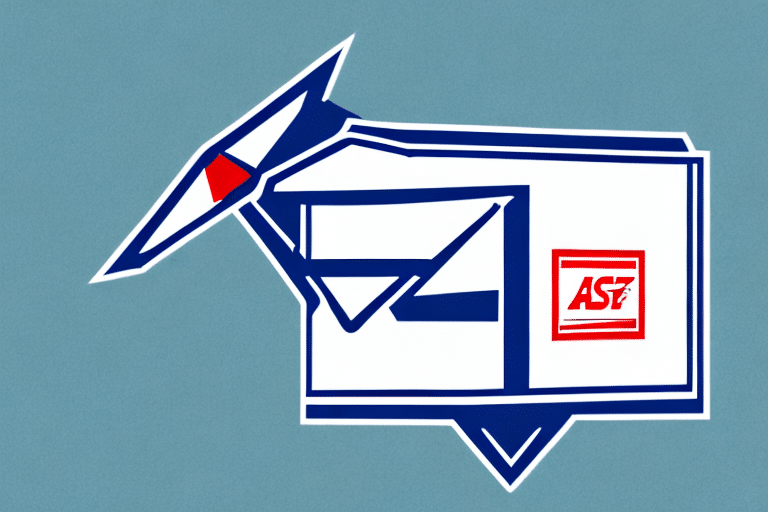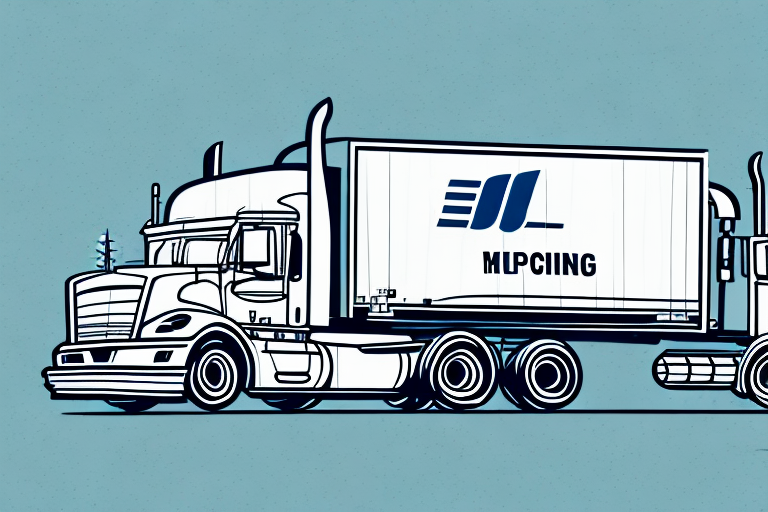USPS Rate Increase in 2023: What You Need to Know
The United States Postal Service (USPS) has announced a rate increase for 2023, a development that has garnered significant attention from small business owners, e-commerce retailers, and everyday consumers who rely on USPS services. This comprehensive guide aims to help you understand the nature of this rate increase, its implications across various economic sectors, and strategies to mitigate its impact. You'll gain insights into the reasons behind the USPS rate hike, preparation techniques for businesses, and effective ways to save on postal services.
Reasons Behind the USPS Rate Increase in 2023
The USPS has been grappling with financial challenges for years, exacerbated by the COVID-19 pandemic in 2020, which led to decreased revenue and increased operational costs. According to the Postal Regulatory Commission's Solvency Report, these financial strains have prompted the USPS to seek rate increases as a means to achieve fiscal stability.
Additionally, the USPS faces stiff competition from private delivery companies like FedEx and UPS. These companies often offer lower rates due to more streamlined operations and fewer regulatory constraints. To stay competitive and invest in modernizing its infrastructure and technology, the USPS requires additional funding, which the rate increase aims to provide.
Understanding the 2023 USPS Rate Increase
The 2023 USPS rate increase affects several key services, including first-class mail, commercial mail, and specific package services. Rates are determined by factors such as the weight, size, and type of item being sent, as well as the origin and destination locations. The Postal Regulatory Commission sets these rates, ensuring they reflect operational costs and competitive market conditions.
The rate changes are scheduled to take effect on January 22, 2023. Detailed information on the new rates can be found on the USPS Price List or at USPS locations nationwide.
Businesses that rely heavily on mail and package services may face significant cost increases. Small businesses, in particular, should reassess their budgets and pricing strategies to accommodate these changes. Exploring alternative shipping options or negotiating rates with USPS can help mitigate the financial impact.
Impact on Small Businesses
For small businesses, increased USPS rates can lead to higher mailing costs, especially for those regularly sending catalogs or direct mailers. Failure to budget for these hikes may result in financial strain. It's crucial for small businesses to:
- Review Mailing Expenses: Analyze current mailing costs and adjust budgets accordingly.
- Explore Alternatives: Consider bulk mailing, electronic mailing, or utilizing private shipping companies.
- Adjust Pricing Strategies: Factor in increased shipping costs when setting product prices.
Higher shipping costs may also affect customer purchasing behavior. To counteract potential declines in sales, businesses can offer free shipping promotions or adjust pricing strategies to absorb some of the increased costs.
Historical Context of USPS Rate Increases
The USPS has a history of implementing rate increases in response to financial needs. The last significant rate hike occurred in 2019, with a 2.5% increase in overall mailing prices. These adjustments have generally helped the USPS improve its financial standing, but they must be carefully calibrated to avoid alienating customers.
The rise of digital communication has decreased demand for traditional mail services, intensifying financial pressures on the USPS. In response, the USPS has expanded into package delivery and enhanced its online services to diversify revenue streams. However, ongoing financial challenges require continuous adaptation to maintain viability.
Strategies to Save on Postal Services Post-Rate Increase
Despite the rate increase, there are several strategies to minimize mailing costs:
- Utilize USPS Discounts: Programs like Commercial Base Pricing and Commercial Plus Pricing offer reduced rates for eligible mailings.
- Mail in Bulk: Sending items in bulk or targeting specific zip codes can qualify for lower postage rates.
- Explore Alternative Shipping Options: Compare rates with private shipping companies like FedEx and UPS to find cost-effective solutions.
Additionally, leveraging online postage services can provide further savings and convenience. These services often offer discounted rates and allow you to print postage directly from your computer, eliminating the need for physical post office visits.
Effects on E-commerce Retailers
E-commerce retailers heavily reliant on USPS for product delivery may need to adjust their pricing structures to accommodate higher shipping costs. Options include:
- Passing Costs to Customers: Increasing shipping fees to offset USPS rate hikes.
- Offering Free Shipping: Absorbing shipping costs to remain competitive.
- Exploring Alternative Shipping Methods: Utilizing other delivery services or local pickup options to reduce costs.
Rising shipping costs can influence customer satisfaction and purchasing decisions. Retailers must balance cost increases with maintaining customer loyalty and competitiveness in the market.
Private Shipping Companies vs. USPS: Pros and Cons
Private shipping companies like FedEx and UPS offer advantages such as extensive service coverage, faster delivery times, and advanced tracking options. However, these services can be more expensive, making it essential for businesses to weigh the costs and benefits. Factors to consider include:
- Delivery Speed: Private companies often provide faster shipping options.
- Tracking Capabilities: Enhanced tracking and notification features improve customer experience.
- Cost: Private services may be cost-prohibitive for some businesses, especially for bulk shipments.
Choosing between USPS and private shipping services depends on a business's specific needs, budget, and customer expectations.
Preparing Your Business for the USPS Rate Hike
To effectively prepare for the USPS rate increase, businesses should:
- Revise Budgets: Assess and adjust budgets to account for increased mailing costs.
- Adjust Product Prices: Incorporate higher shipping costs into product pricing structures.
- Research Alternative Shipping Options: Explore and negotiate with other shipping providers for better rates.
Proactive planning and strategic adjustments can help businesses navigate the financial implications of the rate hike.
Political and Economic Drivers of the USPS Rate Increase
The 2023 USPS rate increase is influenced by various economic and political factors:
- Economic Factors: Declining mail volumes and increased competition from private delivery services necessitate higher revenue streams.
- Political Factors: The USPS Board of Governors has sought financial assistance from Congress to address ongoing financial challenges. Additionally, service commitments and delivery standards are subject to Congressional approval, limiting the USPS's ability to make unilateral changes.
These factors collectively contribute to the necessity of the rate increase as the USPS strives for financial sustainability.
Exploring Alternatives to Traditional USPS Services
In the wake of the USPS rate increase, considering alternative mailing options can offer cost savings and efficiency improvements:
- Electronic Mailing: Transitioning to digital communication methods can reduce reliance on traditional mail.
- Courier Services: Utilizing courier services for specific delivery needs may offer more competitive rates.
- Private Delivery Services: Companies like FedEx and UPS provide various shipping options that may better suit certain business requirements.
- Innovative Solutions: Exploring emerging technologies such as drone delivery could present future opportunities for cost-effective shipping.
Adopting these alternatives can help businesses maintain operational efficiency while managing costs.
Calculating Shipping Costs After the USPS Rate Increase
Accurately calculating shipping costs is essential for budgeting and pricing strategies post-rate increase. The USPS provides tools to assist with this:
- USPS Rate Calculator: Access the USPS Rate Calculator to input item details such as size, weight, and destination to determine accurate postage costs.
- Third-Party Calculators: Utilize online shipping calculators offered by third-party services to compare rates across different carriers.
Implementing these tools can help businesses and individuals make informed decisions about their shipping strategies.
Conclusion
The USPS rate increase in 2023 presents both challenges and opportunities for businesses and consumers alike. Understanding the underlying reasons for the hike, assessing its impact on various sectors, and adopting strategic measures can help mitigate adverse effects. By leveraging USPS discounts, exploring alternative shipping options, and optimizing shipping processes, businesses can navigate the rate increase effectively. Staying informed and proactive is key to maintaining financial stability and competitive advantage in the evolving postal landscape.








